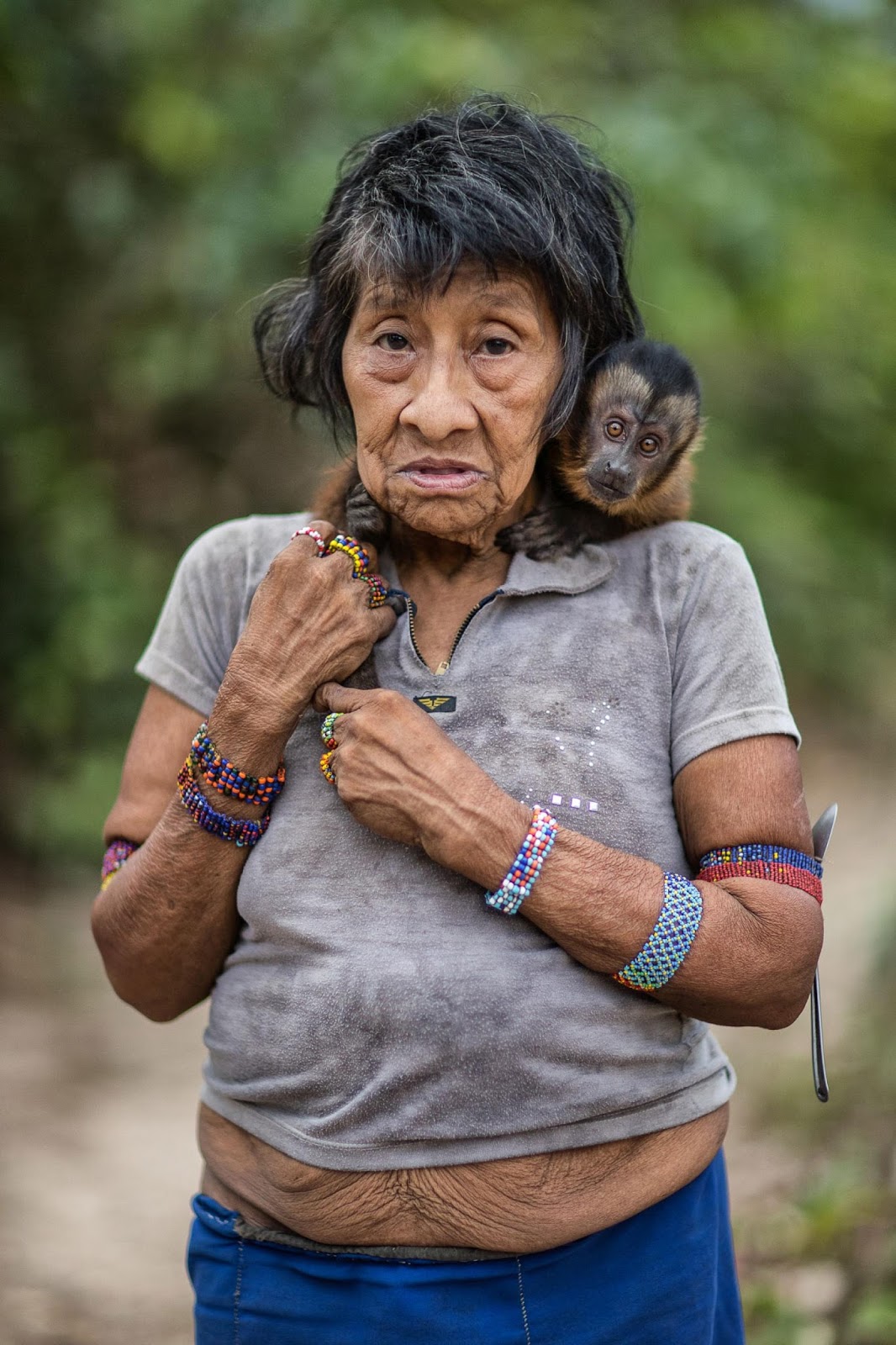
১।
আমার যাদুর ঝাঁপি, আমার জমানো পুঁজিপাটা
তাতে আর কিছু নেই, আছে শুধু মায়াবীমুকুর
আমার সে আর্শিটা চিরতরে তোমাকে দিলাম
এ্যালিস! এ্যালিস! তুমি বিম্বিত হয়ো
...
২।
আমি জানি, এসব বলার মত এখনও ছোঁয়নি এসে শীত
ঝরেছে যে সব পাতা এখনও তাদের রঙ ধূসরের চিহ্নরহিত
শিকড়ে বাড়িয়ে হাত তারা শুধু জল চেয়েছিল
এখন অনেক দেরী হয়ে গেছে, এক তিলও
অবসর নেই আর তোর বা আমার – কী করে মেলবো ডানা দখিনা হাওয়ায়
তবু যদি সময়ের থেকে কিছু দূরে গিয়ে আজ একবার বসে থাকা যায়...
৩।
আসলে যে ছেলেটা মরে গিয়েছিলো কিছুদিন আগে
জবানবন্দী তার লেখা হয় নাই,
বিশ্বাস করেছে সেও দখিনা হাওয়ায়
মেনে নিয়েছিলো, এভাবেও বেঁচে থাকা যায়
প্রতি দিন, অষ্ট প্রহর
এবং রাতের শেষে ভোর, প্রতি দিন নিয়মিত আসে
অটুট বিশ্বাস ছিলো তার – দখিনা বাতাসে
তবুও সে মরেছিলো
মরেছিলো, মরে যেতে হয়
মরে যাওয়া, অর্থাৎ জীবনের অপচয় করেছিলো
সুতরাং হিসেবী ছিলো না বলা চলে
তলে তলে কী যে ভেবেছিলো সে খবর নেওয়া যায় যদি
ধরা যাক, স্বীকারোক্তি, মৃত্যুকালীন।
৪।
গহন কিছু ইচ্ছে করে -
এক সমুদ্র জংলা ঘাসের মধ্যে দিয়ে হাঁটতে হাঁটতে এক সমুদ্র অন্ধকারে
ঝলসে নেবো যে সম্পর্ক, তার কি কোন নাম দেওয়া যায় অর্থবহ
খাতায় লিখে?
এক শালিখে আটকে গেছি। অন্যটাকেও দেখতে পাবো খানিক পরে
তেমনটা আর হচ্ছে কোথায়? শিকড় এত আলগা হল - ভালই বোধ হয়
ভরসা রাখা অস্থাবরে... এই বাজারে..
৫।
জানো - ওদিকে অনভ্যাসে আয়নাতে জমে থাকে মরচের দাগ
রুমালে জমেছে সন্দেহ
বুকপকেটের ভাঁজে চক্রান্তের গন্ধ পাই
এমনকি ঝোড়ো হাওয়া
সেও বুঝি থেমে যায় অন্ধকার রাতে
রাতের কথায় মনে হল – স্বপ্ন দেখেছি
আহা, স্বপ্ন দেখেছি কাল রাতে
স্বপ্নের কথা থাক, স্বপ্নেরা থাক অগোচরে
বরং অন্য কথা বলো।
৬।
কোনদিন দেখা হয়ে যাবে
যেমন মেলার ভিড়ে চোখে পড়ে যায় চেনা মুখ, সেইভাবে
ভদ্রতার হাসি, অমায়িক
হয়তো বা মুখোমুখি নয়, বেশ দূরে, তবু ঠিক
পাশাপাশি বসা যেন, কিছু কথা বড় আলগোছে
সময় কত কি মোছে
খাড়াই অন্ধকারে নিষ্প্রভ পাহাড়ের দাগ
খুনসুটি, ভালোবাসা, আদর – সোহাগ
নদীতে জোয়ার ছিলো, এখন ভাঙ্গন।
৭।
আমাদের নিরালা উঠোনে ঝাঁকড়াচুলের একটাই গাছ
পাগলের মত নির্বাক হিংসে করবে শুধু - কথা ছিল
নতুন গুড়ের ঘ্রাণ ঠোঁট ছুয়ে মিশে যাবে কানের লতিতে
সূর্যাস্তের আগে দীর্ঘ গোধূলি জুড়ে আমাদেরই ছায়া
ক্রমশঃ আবছা হবে আমাদেরই নিভৃত সড়কে।








































